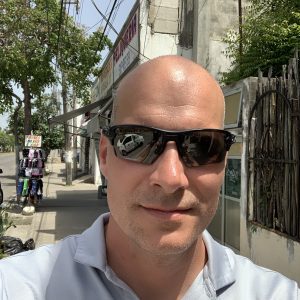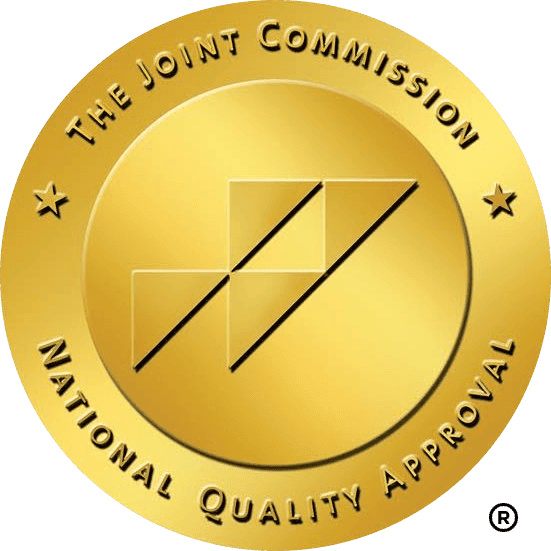Sending your child to a residential treatment program is not an easy decision for parents to make—at any time of the year.
“It’s not a call any family wants to make,” says Turning Winds admissions director Eric Loesch. “In most cases, they have explored what seemed less drastic steps or lower levels of care, such as outpatient therapy or maybe even an intensive outpatient program. If they end up calling us that usually means those attempts were unsuccessful.”
This is precisely the situation Cindy faced just before Christmas a few years ago. Her son Brady had been in trouble for some time and she and her husband had gone through years of school suspensions and multiple expulsions. There were even difficulties with sports events: Brady was acting out and consequently only able to attend with a parent present.
“On the day the Christmas break started in his freshman year he absconded,” remembered his mother, “I came to pick him up after school, but he didn’t come out.” By then, Brady had a history of running away and his parents realized they had to prioritize getting help for him—not when it was convenient but when it was necessary.
Cindy is a mental health and addiction therapist and Brady’s dad is a social worker. Both have experience with adolescent mental health issues. “We should know how to do this, right?” she wondered. “Brady was difficult early on but residential treatment never entered my mind.”
When he ran away from school that Christmas, Cindy was extremely concerned. “As a therapist, I am too familiar with what can happen in the community with gangs, drugs, and sex trafficking. Those fears go up when your kid is missing. I had visions of somebody dropping my kid off either bloodied or dead. Things were spiraling pretty good, he was on a cocktail of different medications, but nothing was working.”
Brady’s parents talked with his therapist who asked them what they were going to do when he came back. Cindy and her husband realized that Brady couldn’t be at home at that point because he needed help. When he came back, they sent him to the Runaway Center at first. Then they looked at residential programs but realized treatment periods of 60 or 90 days weren’t going to be enough.
“We heard about this place in Montana—Turning Winds,” Cindy recalled. “From day one my conversations with Eric were welcoming. We went through the admissions process and immediately I knew this place had a welcoming home environment. I never doubted the decision. Brady was either going to be dead, in the legal system, or tied up in drugs. We knew something had to change, it had reached a point where this was bigger than us.”
Turning Winds offers a long-term residential program for teens by filling in the gaps left by other treatment options. Our teenage clients frequently stay with us for an entire year, allowing them to form relationships with people that would not have been possible for them otherwise. “Usually, it takes about five months before kids really decide that they’re going to make use of the program,” says John Gordon, MD, Turning Winds’ medical director.
At Turning Winds, we extend our clinical services beyond the confines of four walls. We have taken the best elements of care from wilderness therapy, therapeutic boarding schools, and inpatient treatment to create a one-of-a-kind residential treatment center.
Over the past two decades, Turning Winds has been able to help many families overcome what seemed impossible odds. Our mission is to rescue teens from crisis situations, renew their belief in their own potential, reunite them with their families, and put them on a sustainable path to success.
Contact us online for more information, or call us at 800-845-1380. If your call isn’t answered personally, one of us will get back to you as soon as possible.









